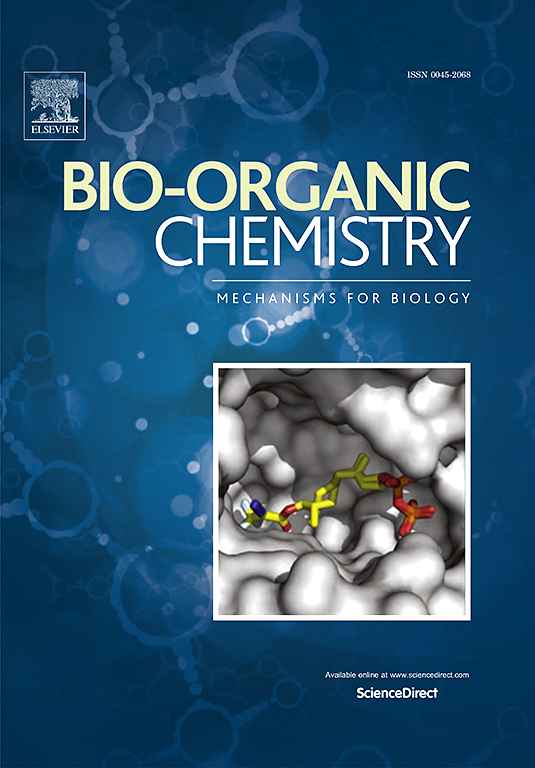Nitazoxanide and Umbelliferone improves Imiquimod-induced psoriasis in Balb/C mice
IF 4.5
2区 医学
Q1 BIOCHEMISTRY & MOLECULAR BIOLOGY
引用次数: 0
Abstract
Signal Transducer and Activator of Transcription (STAT) 3 is a significant contributor to the development and pathogenesis of psoriasis (Pso). Research demonstrated STAT3 signalling to be upregulated in Pso. Additionally, Pso results in oxidative stress that activates various signalling pathways like factor nuclear kappa-B (NF-κB). Nitazoxanide (NTZ) is an antiprotozoal drug shown to inhibit the STAT3 pathway. Umbelliferone (UMB) is an antioxidant, and anti-inflammatory and can suppress NF-κB signalling. Therefore, we propose to hypothesize that NTZ and UMB would be effective in treating Pso. Balb/c mice were treated with IMQ to induce Pso. The clinical characteristics of Pso were assessed using the Psoriasis Area and Severity Index (PASI), back skin thickness, spleen length and mass, and histology of the skin sample tissue. In addition, we measured the levels of interleukin-17 (IL-17), tumor necrosis factor-α (TNF-α), STAT3, and NF-κB. Furthermore, to gain the interaction of NTZ and UMB with STAT3, a detailed in-silico study has been performed. The impact of treatment on oxidative stress was evaluated by estimating the activity of superoxide dismutase (SOD) and catalase (CAT). The results demonstrate that mice subjected to IMQ-induced Pso exhibited positive responses to treatment with NTZ and UMB. Additionally, IL-17, TNF-α levels, STAT3, and NF-κB were decreased in NTZ and UMB-treated groups. SOD and CAT levels in NTZ and UMB groups were elevated. Our findings show that NTZ and UMB are potential therapeutic medications for Pso.

求助全文
约1分钟内获得全文
求助全文
来源期刊

Bioorganic Chemistry
生物-生化与分子生物学
CiteScore
9.70
自引率
3.90%
发文量
679
审稿时长
31 days
期刊介绍:
Bioorganic Chemistry publishes research that addresses biological questions at the molecular level, using organic chemistry and principles of physical organic chemistry. The scope of the journal covers a range of topics at the organic chemistry-biology interface, including: enzyme catalysis, biotransformation and enzyme inhibition; nucleic acids chemistry; medicinal chemistry; natural product chemistry, natural product synthesis and natural product biosynthesis; antimicrobial agents; lipid and peptide chemistry; biophysical chemistry; biological probes; bio-orthogonal chemistry and biomimetic chemistry.
For manuscripts dealing with synthetic bioactive compounds, the Journal requires that the molecular target of the compounds described must be known, and must be demonstrated experimentally in the manuscript. For studies involving natural products, if the molecular target is unknown, some data beyond simple cell-based toxicity studies to provide insight into the mechanism of action is required. Studies supported by molecular docking are welcome, but must be supported by experimental data. The Journal does not consider manuscripts that are purely theoretical or computational in nature.
The Journal publishes regular articles, short communications and reviews. Reviews are normally invited by Editors or Editorial Board members. Authors of unsolicited reviews should first contact an Editor or Editorial Board member to determine whether the proposed article is within the scope of the Journal.
 求助内容:
求助内容: 应助结果提醒方式:
应助结果提醒方式:


